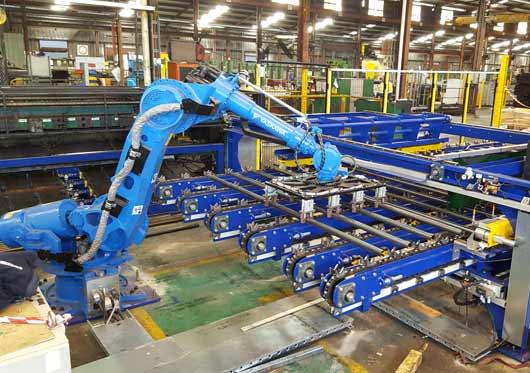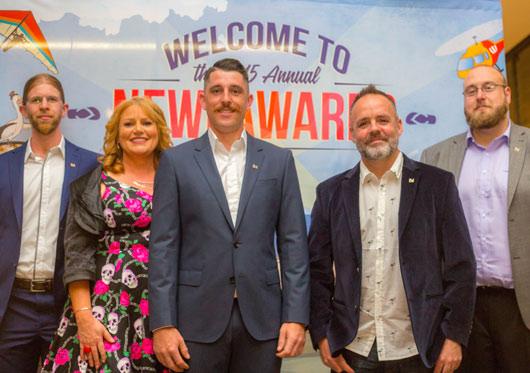FROM THE EDITOR

With the tax reform seemingly more firmly on the agenda, now is the time for calm and sensible debate about how governments are to raise revenue in the future to provide the services that we want.
Sensible tax reform will involve a suite of changes and as such, proposals must be considered in the wider view. Reform involves change, some aspects that we may very well find unpalatable but these may well be proposed in hand with other changes that we find much more attractive.
For example the question of raising the GST regularly comes forward. Nobody wants to pay more taxes and considered by itself an increase in the GST rate will not be popular. But it mustn’t be considered by itself. It must be considered as part of a package and something that enables other taxes to be abolished or reduced, or alternatively spending to be made for the benefit of the nation.
Tax reform should also be considered hand in hand with spending measures.
Now is not a time for scare tactics or cheap political point scoring.
By all means, anyone can be against a proposal but they should be willing to sensibly explain why and what alternatives they consider are better.
The simple fact is that Australia is crying out for true tax reform to enable it to be internationally competitive and encourage the economic growth required for our future prosperity.
Jean-Baptiste Colbert, the French politician of the 17th century, said “The art of taxation consists in so plucking the goose as to obtain the largest amount of feathers with the least possible amount of squawking.” Four hundred years later this still holds true, both politically and economically.
The tax system must be seen to be fair and able to extract the revenue required with the minimum of damage to the economy.
Whilst we may have different views on how it should occur, any sensible consideration would see that tax reform is needed.
All sides of the community should look at being actively involved in the debate and contribute towards a better solution rather than just trying to make a solution more difficult to achieve.
Garry Hardie
Publisher & Editor
Other Articles from this issue
STATE OF THE ART INSTALLATION AT DSI
What could be possibly the first fully automated friction bolt manufacturing line in the world has now been installed b...


2015 NEWi Awards winners
Winners of the 2015 NEWi Awards for Digital Creativity have been announced following a rigorous and thorough judging pro...


Unfair contract terms, a ‘fair go’ for small business?
In recent months, the Commonwealth Government followed up its election promise to give small business a ‘fair go’ by rel...

Tempus Two masthead changed to Roche Estate
Tempus Two Estate has officially changed its name to Roche Estate, but the wine and its label remains the same as always...




